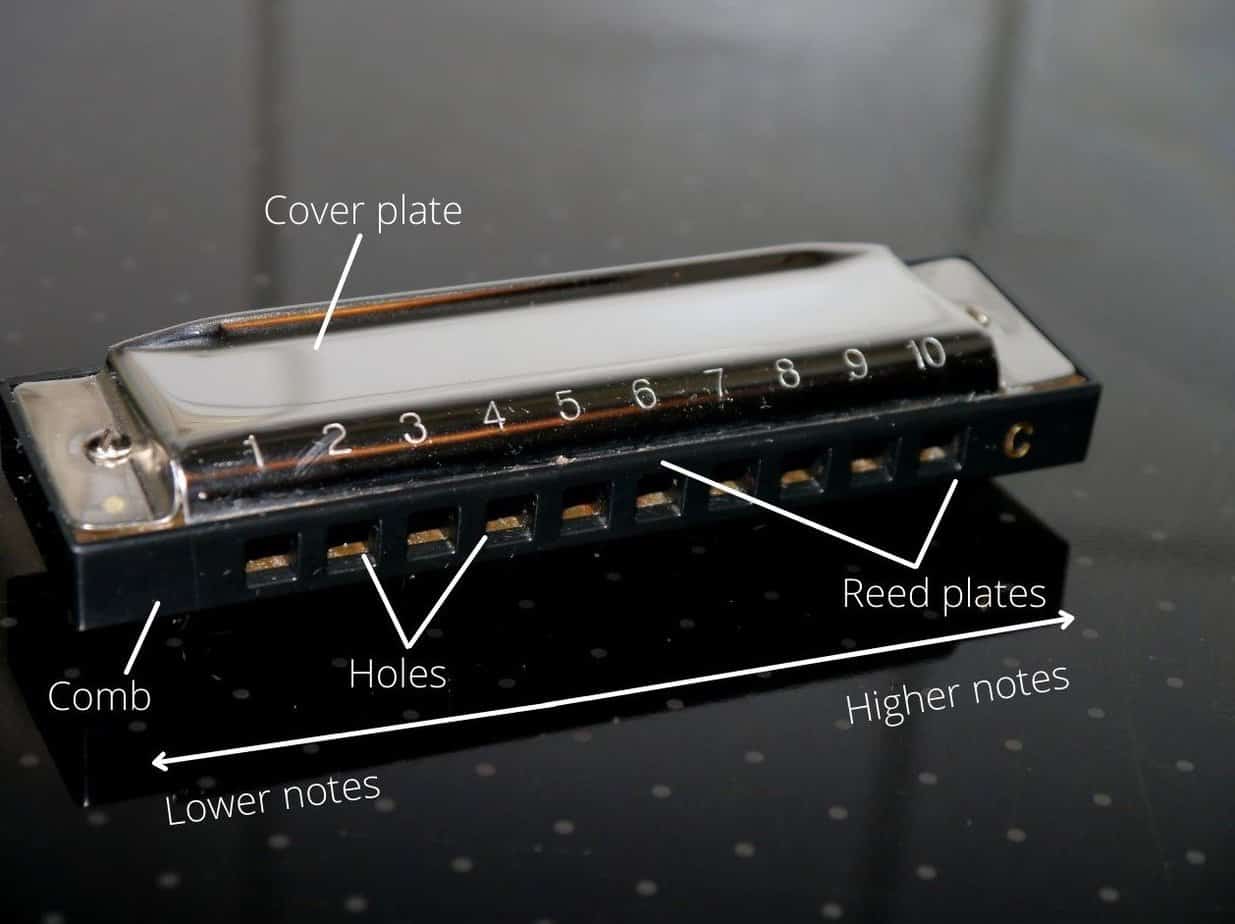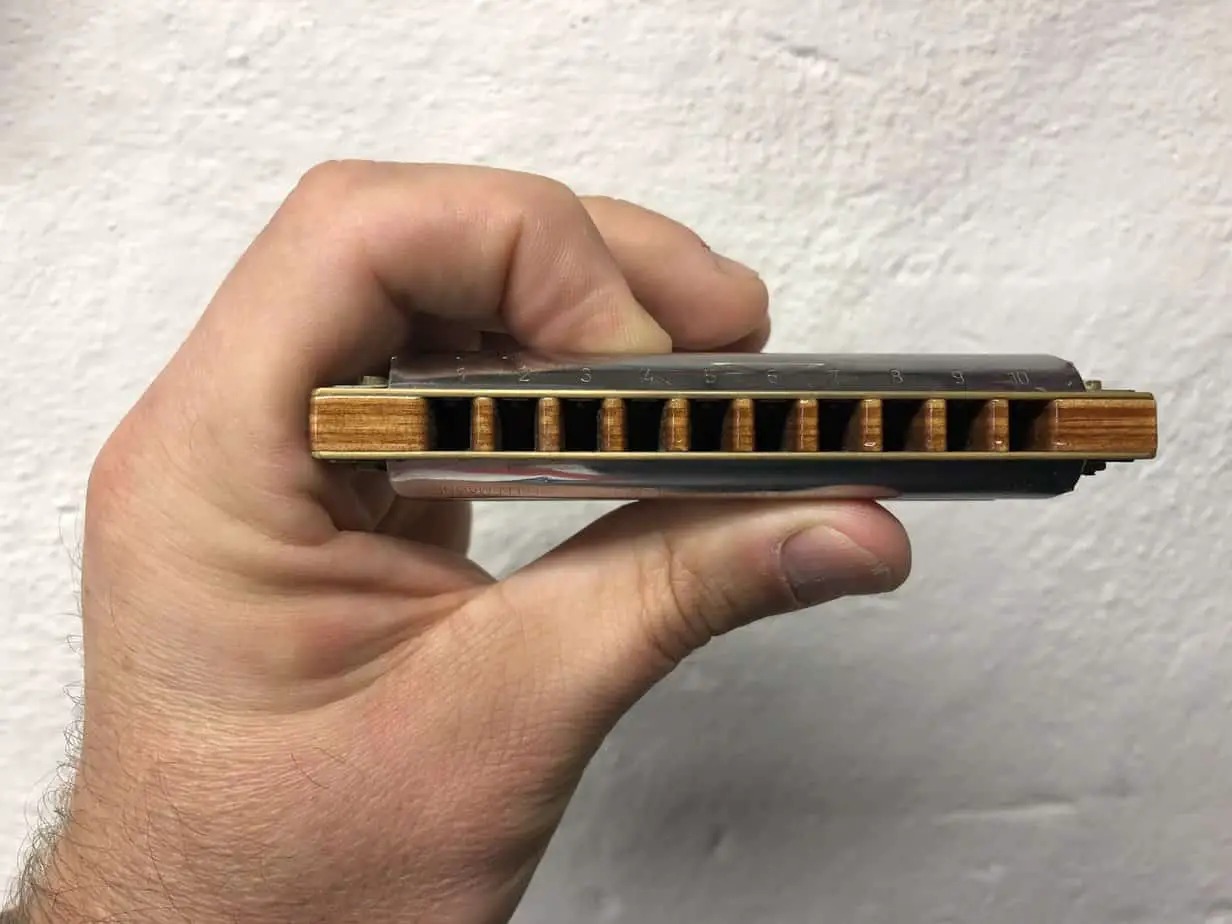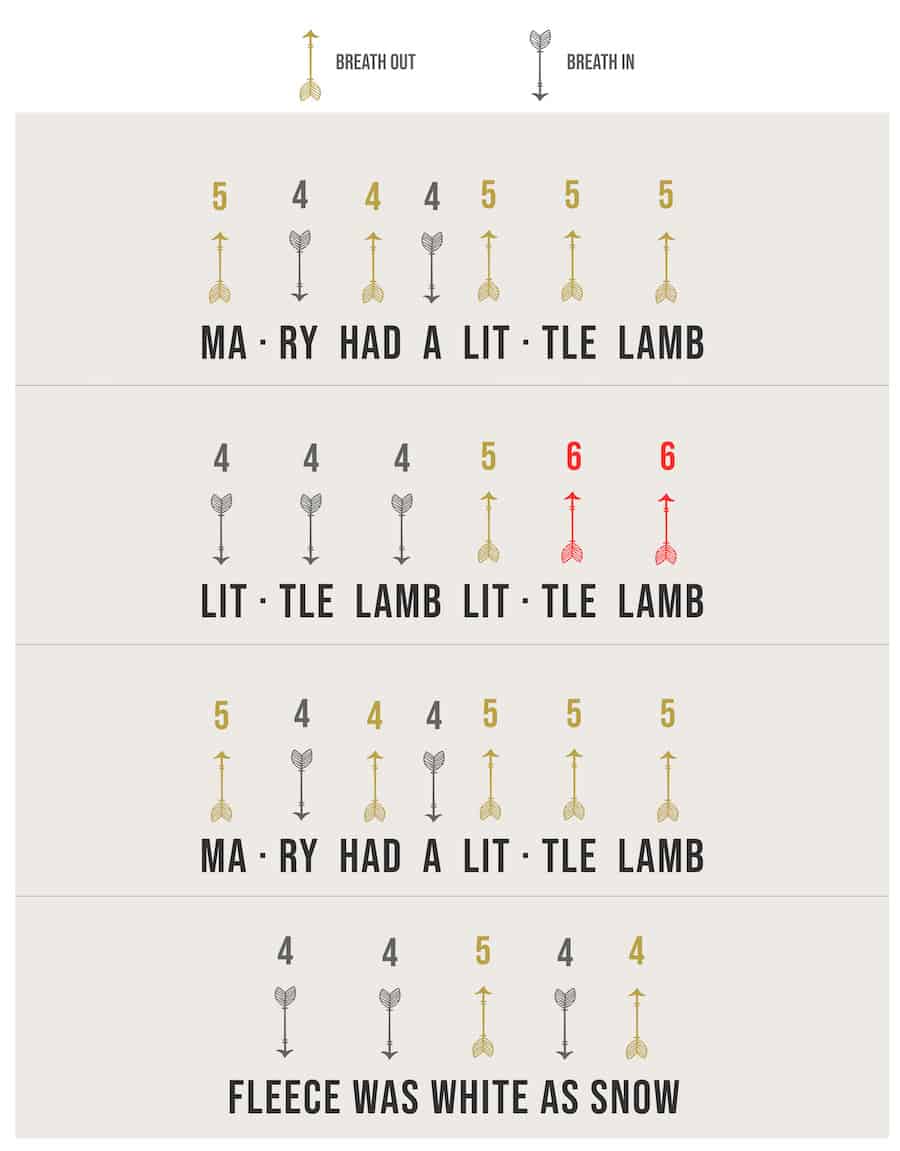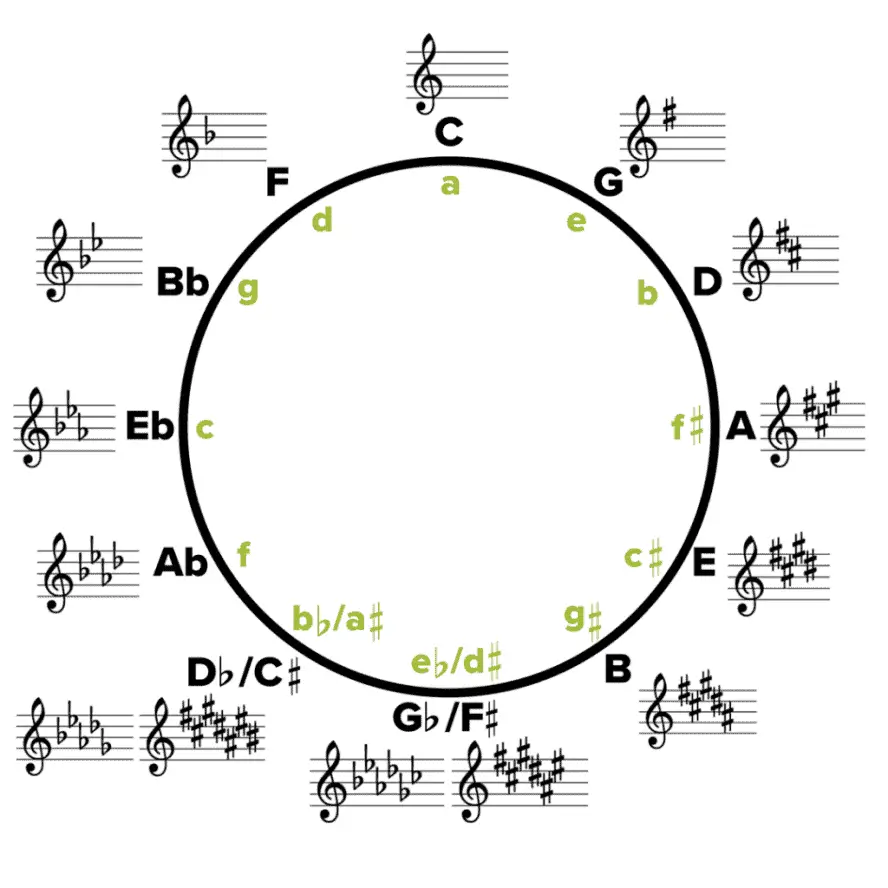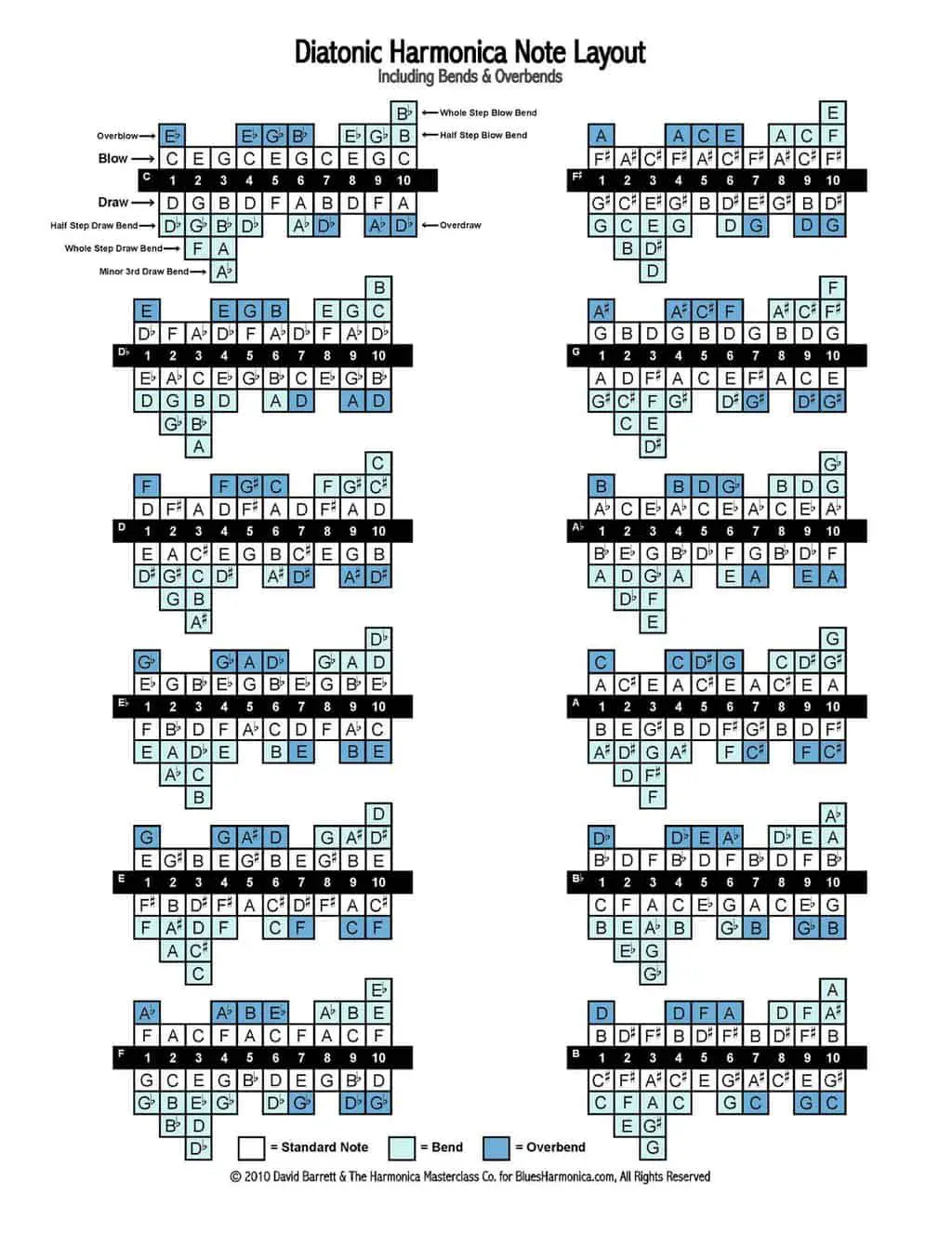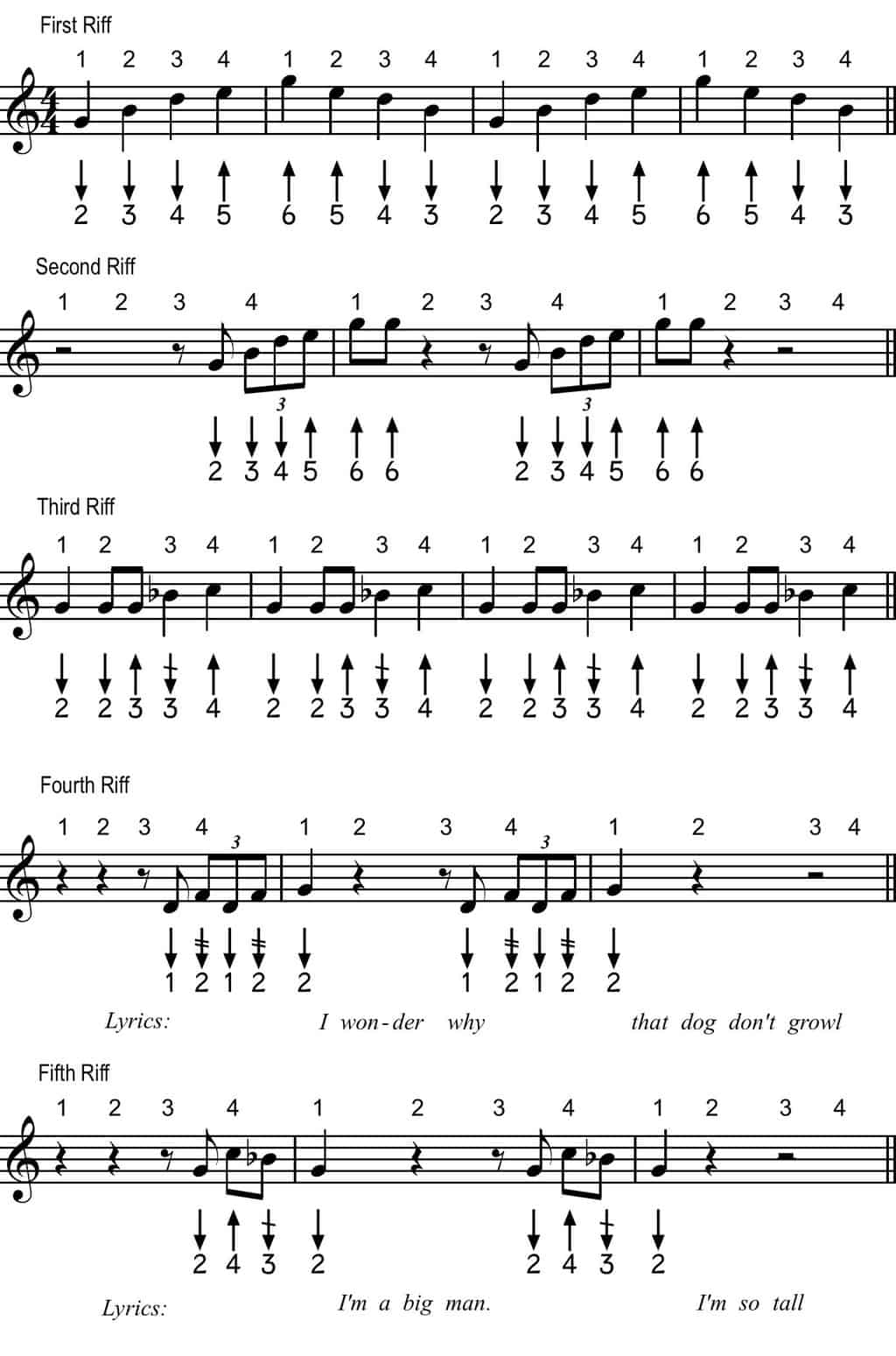If you’re looking to master the G harmonica, you’ve come to the right place! As a beginner, I know how confusing and intimidating it can be to learn a new instrument. That’s why I’m here to guide you through the basics of learning how to play the G harmonica. I’ll explain the different types of harmonicas, the basics of playing the G harmonica, and the best tips for mastering the instrument. With my help, you’ll be able to impress your friends and family with your musical talent in no time!
Benefits of Playing G Harmonica
- Improves coordination between lips, tongue, and fingers.
- Provides an opportunity to explore a wide range of musical melodies.
- Strengthens the ability to read music, think critically, and practice independently.
- Enhances development of theoretical understanding of music.
- Allows players to develop a unique style and sound.
- Provides a unique, portable instrument for performance.
Essential Gear
| Item | Description |
|---|---|
| G Harmonica | A harmonica in the key of G. |
| Harmonica Holder | A device used to secure the harmonica to the player’s mouth. |
| Amplifier | An electric device used to amplify the sound of the harmonica. |
| Metronome | A device used to keep a steady tempo. |
| Harmonica Player’s Guide | A book or online resource used to learn how to play the harmonica. |
Holding the Harmonica
| Playing Style | Technique |
|---|---|
| Chromatic | Hold the harmonica in a vertical position, with the left hand on the left side of the instrument and the right hand on the right side. The left thumb should be placed in the lower right corner of the harmonica, with the left index finger close to the reed plates. |
| Diatonic | For diatonic harmonicas, hold the instrument horizontally, with the left hand on the bottom side and the right hand on the top. The left thumb should be placed in the lower right corner of the harmonica, with the left index finger close to the reed plates. The right hand should be used for bending notes. |
Reading Music
Playing harmonica is a skill that requires an understanding of music notation. To read music, you must be able to identify notes and their values as well as understand the relationship between notes in a scale. To read music notation for the harmonica, you must understand the staff, the clef, and the key signature. The staff consists of five lines and four spaces with a clef at the beginning of the staff that indicates which notes correspond with each line and space. The key signature is the number of sharp or flat notes in the key of the piece of music. Once you understand the basics of reading music, you can begin to learn specific notes and chords and how to play them on the harmonica.
Playing Techniques
- To create a sound, blow into the hole of the harmonica while keeping your lips and tongue relaxed.
- Using your tongue as a valve, create short breaks in the sound. This is known as tongue blocking.
- Try bending the pitch of your notes by pushing air through the reed with more force. This is called “bending” and is a common technique in blues music.
- Using your breath, create a rapid up and down motion for a trilling effect.
- To create a vibrato effect, quickly alternate between two notes using your tongue and breath.
- By using your tongue and breath, create a “warbling” effect by quickly alternating between two notes.
- To create an octave effect, blow and draw a note as you move your hand up and down the harmonica.
Exercises
- Practice lip pursing and tongue blocking techniques on the G harmonica.
- Play long notes on the G harmonica using the same blow or draw technique.
- Play scales on the G harmonica.
- Practice bending notes on the G harmonica.
- Practice two-note chords on the G harmonica.
- Play songs on the G harmonica.
- Practice octave playing on the G harmonica.
- Play arpeggios on the G harmonica.
Playing Solo
To play solo, start by playing a 12-bar blues in a single key. You can use a basic three-chord progression and practice improvising a solo. To get comfortable playing the blues, start by playing simple melodies with one-note licks. Then, practice playing the same melody with two-note licks. As you become more comfortable, you can add more notes to your licks and begin to experiment with varying your timing and adding more complex melodies.
When playing solo, it’s important to listen to the music around you and to the other players. This can help you to develop a better sense of timing and to learn how to structure your solos. Additionally, you should practice playing with a metronome in order to refine your timing.
Experiment with different rhythms and sounds to create unique solos. Try playing with different articulations, such as staccato or legato, or use vibrato or bending to add depth to your solo. Also, try to use dynamics to create an interesting solo.
Finally, practice playing along with recordings of your favorite harmonica players. This can help you to learn different techniques and to develop your own unique style.
Playing with Others
- Practice playing with a group or a friend.
- Listen to others and try to pick up on the rhythms they’re playing.
- Learn to play along with the other players.
- Practice playing the same parts together at the same time.
- Develop a feel for how the different parts fit together.
- Learn to play a solo with the support of the other players.
- Listen to different kinds of groups to get a feel for how different genres work.
Frequently Asked Questions
What is a G harmonica?
A G harmonica is a diatonic harmonica tuned to the key of G. It is a single-reed instrument, with 10 holes and a range of three octaves. It is often used by blues and folk musicians, and is also popular in country, rock, and pop. The G harmonica is typically played in first position, where the notes of the scale are in the same order on each hole.
What techniques should I use for playing G harmonica?
When learning to play the G harmonica, it is important to master a few basic techniques. These include single and double tonguing, playing melodies, and learning chords. Single tonguing is the most basic technique and involves quickly alternating between blowing and drawing air through the harmonica to create a single note. Double tonguing is an advanced technique that involves rapidly alternating between single tonguing and drawing two notes at once. To play melodies, it is important to learn basic musical concepts such as pitch, timing, and rhythm. Finally, learning chords will help you create more complex musical pieces. With practice, you can become a master of the G harmonica.
How do I tune a G harmonica?
Tuning a G harmonica is a simple process that requires a few tools. Start by gathering the tools you’ll need: a tuning block, a Phillips-head screwdriver, and a set of tuning keys. Place the tuning block on a flat surface. Place the G harmonica on the tuning block, then use the Phillips-head screwdriver to loosen the screws on the back side of the harmonica. Next, use the tuning keys to adjust the reeds of the harmonica. Lastly, tighten the screws on the back side to secure the reeds in place.
What type of music can I play on a G harmonica?
The G harmonica can be used to play a variety of music genres, including folk, blues, rock, pop, and jazz. With the right technique, it can even be used to play classical music. G harmonicas are also great for playing traditional Irish and Scottish music. The versatile nature of the harmonica makes it a great instrument for experimenting with different styles and creating your own unique music.
What accessories do I need to play a G harmonica?
To play the G harmonica, you will need a harmonica holder, a few picks, a slide, and cleaning cloths. A harmonica holder is a device used to hold the harmonica securely in place while performing. Picks are thin pieces of plastic or metal used to pluck the reeds of the instrument. A slide is used to produce a smooth, continuous sound when playing. Lastly, cleaning cloths are necessary to keep the harmonica clean and free of dust.
Conclusion
Playing the G harmonica can be a great way to express yourself musically and to develop your skills as a musician. It can be a fun activity to engage in with friends or for solo practice. Becoming proficient at playing the G harmonica requires patience and practice. Start by learning the basics of how to hold the instrument and how to make the notes sound, then practice playing different scales and melodies. With continued practice, you’ll soon be able to play the G harmonica like a pro.

